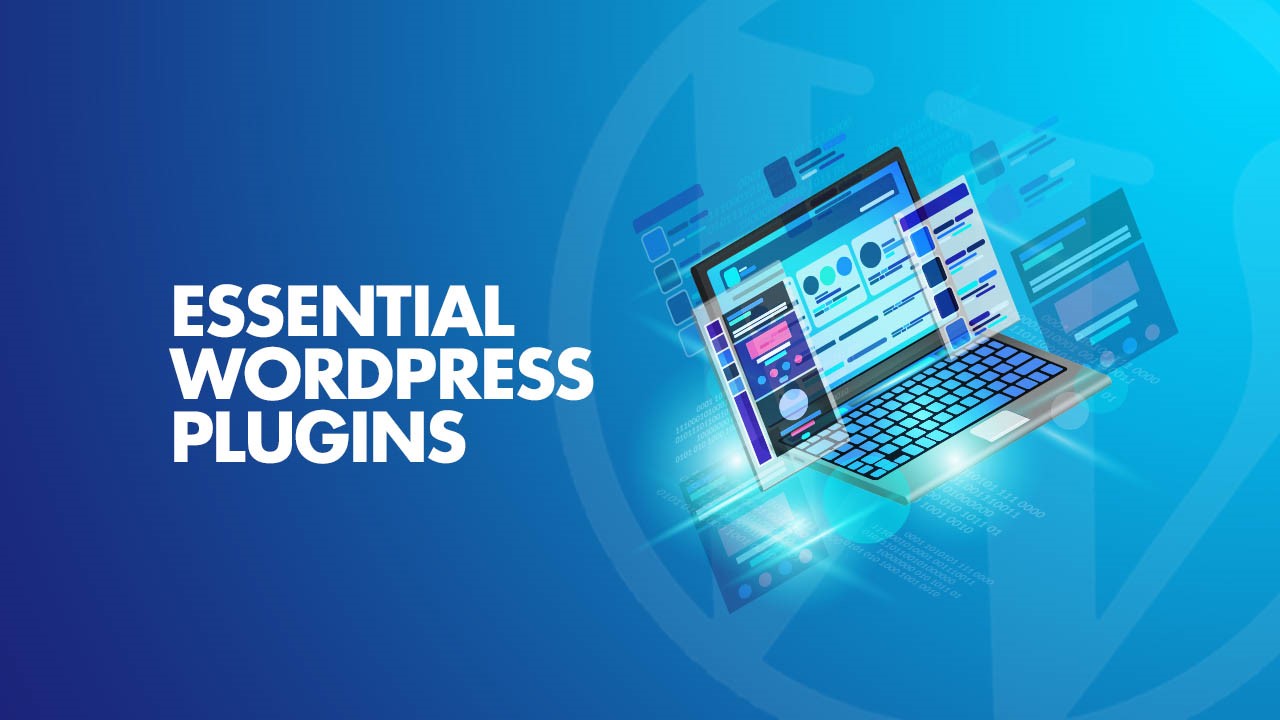 مراحل خرید قسطی آپارتمان در قبرس شمالیدر صورتی که برای مهاجرت و زندگی در کشوری خارجی قبرس را انتخاب کردهاید و در ابتدای ورود یا به منظور اخذ اقامت، قصد خرید خانه و آپارتمان در این کشور را دارید، ابتدا باید با مراحل این کار آشنا شوید. بخشی از پروسه خرید ملک و آپارتمان در قبرس مانند دیگر کشورها است و بخشی دیگر متناسب با سیاستها و قوانین این کشور متفاوت است. به طور کل اما برای خرید یک آپارتمان در این کشور باید مراحل زیر را یک به یک سپری کرد: انتخاب ملکدر هر جای دنیا که قصد خرید ملک و خانهای داشته باشید، ابتدا باید ملک مورد نظر خود را انتخاب کنید. این موضوع در مورد آپارتمان هم صدق میکند. قطعا در این مسیر نیاز به راهنما خواهید داشت. در صورتی که وکیلی برای امور مالی و مهاجرتی در قبرس داشته باشید، مشورت گرفتن از او پروسه خرید ملک را سادهتر و مطمئنتر میکند. در غیر این صورت میتوانید از خدمات غیرحضوری شرکتهای امور مهاجرتی استفاده کنید. پرداخت دپوزیتپس از یافتن ملک مورد نظر و مورد پسند خود، باید قراردادهای اولیه را با فروشنده تنظیم کنید. بد نیست بدانید که طبق قوانین قبرس شمالی، تا زمانی که مبلغی از سمت شما به فروشنده داده نشود، فروشنده این امکان را دارد که همزمان با مشتریان دیگری هم مذاکره کند. به منظور حل این مشکل باید ملک مورد نظر خود را رزرو کنید. برای رزرو ملک در این مرحله از خرید آپارتمان قسطی در قبرس شمالی باید مبلغی حدود 1000 پوند را جهت رزرو پرداخت کنید.البته در مورد خانههای بزرگتر یا با موقعیت مکانی خاص گاهی این مبلغ به 2000 پوند هم میرسد. با پرداخت این مبلغ به فروشنده یا شرکت سازنده ملک، یک پیش قرارداد تنظیم میشود که طی آن شما ملزم به پرداخت کل مبلغ تا تاریخی مشخص و یا با شرایطی مانند پرداخت قسطی هستید. این مبلغ در اصطلاح دپوزیت نامیده میشود که جزو مبلغ کل شما محاسبه میشود.پیش پرداختپس از اینکه دپوزیت را پرداخت و ملک را رزرو یا اجاره کردید، باید ظرف 35-40 روز، مبلغ اولیه که 30 درصد از ارزش ملک است را به فروشنده پرداخت کنید. پس از پرداخت این مبلغ قرارداد ملک به شما داده میشود و در واقع شما به عنوان صاحب ملک شناخته میشوید اما هنوز قادر به دریافت کلید آپارتمان نخواهید بود.پرداخت نهایی و تحویل ملکپس از رسمیت قرارداد باید مبلغ باقیمانده را پرداخته و ملک خود را تحویل بگیرید. این پروسه هم در مورد خرید خانه ویلایی و هم در مورد خرید خانه آپارتمانی مشابه است. در صورتی که به دنبال خرید ملک قسطی در قبرس شمالی باشید هم فرآیند کار به همین صورت است، با این تفاوت که در قرارداد بین شما و فروشنده، تاریخ و مبلغ اقساط مشخص شده و باید سر موقع برای پرداخت آنها اقدام کنید.هزینههای خرید آپارتمان در قبرس شمالیهزینههای خرید آپارتمان و ملک در قبرس شمالی بسته به عوامل مختلف، متفاوت است. در این مورد هم تفاوت چندانی میان هزینههای خرید نقدی و اقساط وجود ندارد. در واقع هزینه خرید خانه قسطی در قبرس شمالی هم تا حد زیادی مشابه خرید نقدی ملک است. به طور کل هزینههای خرید آپارتمان قسطی در قبرس شمالی به عوامل مختلف زیر بستگی دارد:• سن ساختمان• موقعیت مکانی• میزان فاصله تا مرکز شهر• میزان فاصله تا خود شهر• میزان فاصله تا دریا و ساحل• هزینه نقل و انتقالات و…در مورد خرید خانه یا آپارتمان نباید از هزینههای جانبی هم غافل شد. هزینه سند، هزینه انتقال، مالیات و انشعابات از جمله هزینههای جانبی خرید ملک در قبرس هستند. شرایط خرید آپارتمان قسطی در قبرس شمالیخرید ملک و آپارتمان به صورت اقساطی در قبرس شمالی هم امکانپذیر است اما شرایطی دارد که باید از آن مطلع باشید. همانطور که در ابتدا گفتیم، در اولین مرحله پرداخت و زمان بستن قرارداد برای خرید قسطی شرایطی از نظر مراحل و زمان پرداخت هر قسط مشخص میشود.در بیشتر موارد اقساط خرید آپارتمان بین 1 تا 7 سال تعیین میشوند. سن و سال ساخت ملک، میزان فاصله تا شهر و بسیاری موارد دیگر در این مورد تاثیرگذار هستند. جالب است بدانید که این امکان را دارید که ملک خود را قسطی خریداری کرده و بلافاصله آن را اجاره دهید تا پرداخت اقساط از طریق اجاره دریافتی انجام شود و نوعی کمک هزینه مستقیم داشته باشید.اقدامات لازم جهت اخذ اقامت پس از خرید آپارتمانهمه افرادی که برای خرید ملک در کشورهایی مانند قبرس اقدام میکنند، متقاضی مهاجرت و اخذ اقامت دائم هستند. به منظور اخذ اقامت پس از خرید ملک باید با مدارک خود به وزارت امور داخلی قبرس مراجعه کنید و مجوز صدور سند رسمی خود را دریافت کنید.مرحله بعدی اخذ اقامت از طریق خرید آپارتمان قسطی در قبرس شمالی، آپلود مدارک شناسایی و خرید ملک خود طور کامل در پرتال مهاجرتی قبرس است. بعد از آپلود مدارک و بررسی آنها توسط وزارت و اداره مهاجرت، زمانی برای شما تعیین میشود تا احراز هویت اانجام دهید. در این مرحله گاهی باید تا 10 هزار دلار هزینه کنید.در نهایت و پس از تایید و احراز هویت باید آزمایش خون را انجام دهید و مالیاتهای لازم و بیمه سلامت را پرداخت کنید تا اقامت موقت برای شما صادر شود. برای تمام افرادی که به قبرس مهاجرت میکنند، در ابتدا اقامت موقت ثبت میشود. پس از مدت زمانی مشخص میتوانید برای اخذ اقامت دائم هم اقدام کنید. این مرحله نیز پیچیدگیهای خاص خود را دارد اما برای افرادی که ملکی در قبرس دارند و اقامت موقت را دریافت کردهاند، این پروسه سریعتر انجام میشود. خرید ملک در قبرس شمالی تخصص ماست . برای اطلاع از شرایط خرید ملک در ترکیه ( خرید خانه در استانبول ) به سایت اویم استانبول به آدرس https://evimistanbul.ir/ مراجعه کنید .
مراحل خرید قسطی آپارتمان در قبرس شمالیدر صورتی که برای مهاجرت و زندگی در کشوری خارجی قبرس را انتخاب کردهاید و در ابتدای ورود یا به منظور اخذ اقامت، قصد خرید خانه و آپارتمان در این کشور را دارید، ابتدا باید با مراحل این کار آشنا شوید. بخشی از پروسه خرید ملک و آپارتمان در قبرس مانند دیگر کشورها است و بخشی دیگر متناسب با سیاستها و قوانین این کشور متفاوت است. به طور کل اما برای خرید یک آپارتمان در این کشور باید مراحل زیر را یک به یک سپری کرد: انتخاب ملکدر هر جای دنیا که قصد خرید ملک و خانهای داشته باشید، ابتدا باید ملک مورد نظر خود را انتخاب کنید. این موضوع در مورد آپارتمان هم صدق میکند. قطعا در این مسیر نیاز به راهنما خواهید داشت. در صورتی که وکیلی برای امور مالی و مهاجرتی در قبرس داشته باشید، مشورت گرفتن از او پروسه خرید ملک را سادهتر و مطمئنتر میکند. در غیر این صورت میتوانید از خدمات غیرحضوری شرکتهای امور مهاجرتی استفاده کنید. پرداخت دپوزیتپس از یافتن ملک مورد نظر و مورد پسند خود، باید قراردادهای اولیه را با فروشنده تنظیم کنید. بد نیست بدانید که طبق قوانین قبرس شمالی، تا زمانی که مبلغی از سمت شما به فروشنده داده نشود، فروشنده این امکان را دارد که همزمان با مشتریان دیگری هم مذاکره کند. به منظور حل این مشکل باید ملک مورد نظر خود را رزرو کنید. برای رزرو ملک در این مرحله از خرید آپارتمان قسطی در قبرس شمالی باید مبلغی حدود 1000 پوند را جهت رزرو پرداخت کنید.البته در مورد خانههای بزرگتر یا با موقعیت مکانی خاص گاهی این مبلغ به 2000 پوند هم میرسد. با پرداخت این مبلغ به فروشنده یا شرکت سازنده ملک، یک پیش قرارداد تنظیم میشود که طی آن شما ملزم به پرداخت کل مبلغ تا تاریخی مشخص و یا با شرایطی مانند پرداخت قسطی هستید. این مبلغ در اصطلاح دپوزیت نامیده میشود که جزو مبلغ کل شما محاسبه میشود.پیش پرداختپس از اینکه دپوزیت را پرداخت و ملک را رزرو یا اجاره کردید، باید ظرف 35-40 روز، مبلغ اولیه که 30 درصد از ارزش ملک است را به فروشنده پرداخت کنید. پس از پرداخت این مبلغ قرارداد ملک به شما داده میشود و در واقع شما به عنوان صاحب ملک شناخته میشوید اما هنوز قادر به دریافت کلید آپارتمان نخواهید بود.پرداخت نهایی و تحویل ملکپس از رسمیت قرارداد باید مبلغ باقیمانده را پرداخته و ملک خود را تحویل بگیرید. این پروسه هم در مورد خرید خانه ویلایی و هم در مورد خرید خانه آپارتمانی مشابه است. در صورتی که به دنبال خرید ملک قسطی در قبرس شمالی باشید هم فرآیند کار به همین صورت است، با این تفاوت که در قرارداد بین شما و فروشنده، تاریخ و مبلغ اقساط مشخص شده و باید سر موقع برای پرداخت آنها اقدام کنید.هزینههای خرید آپارتمان در قبرس شمالیهزینههای خرید آپارتمان و ملک در قبرس شمالی بسته به عوامل مختلف، متفاوت است. در این مورد هم تفاوت چندانی میان هزینههای خرید نقدی و اقساط وجود ندارد. در واقع هزینه خرید خانه قسطی در قبرس شمالی هم تا حد زیادی مشابه خرید نقدی ملک است. به طور کل هزینههای خرید آپارتمان قسطی در قبرس شمالی به عوامل مختلف زیر بستگی دارد:• سن ساختمان• موقعیت مکانی• میزان فاصله تا مرکز شهر• میزان فاصله تا خود شهر• میزان فاصله تا دریا و ساحل• هزینه نقل و انتقالات و…در مورد خرید خانه یا آپارتمان نباید از هزینههای جانبی هم غافل شد. هزینه سند، هزینه انتقال، مالیات و انشعابات از جمله هزینههای جانبی خرید ملک در قبرس هستند. شرایط خرید آپارتمان قسطی در قبرس شمالیخرید ملک و آپارتمان به صورت اقساطی در قبرس شمالی هم امکانپذیر است اما شرایطی دارد که باید از آن مطلع باشید. همانطور که در ابتدا گفتیم، در اولین مرحله پرداخت و زمان بستن قرارداد برای خرید قسطی شرایطی از نظر مراحل و زمان پرداخت هر قسط مشخص میشود.در بیشتر موارد اقساط خرید آپارتمان بین 1 تا 7 سال تعیین میشوند. سن و سال ساخت ملک، میزان فاصله تا شهر و بسیاری موارد دیگر در این مورد تاثیرگذار هستند. جالب است بدانید که این امکان را دارید که ملک خود را قسطی خریداری کرده و بلافاصله آن را اجاره دهید تا پرداخت اقساط از طریق اجاره دریافتی انجام شود و نوعی کمک هزینه مستقیم داشته باشید.اقدامات لازم جهت اخذ اقامت پس از خرید آپارتمانهمه افرادی که برای خرید ملک در کشورهایی مانند قبرس اقدام میکنند، متقاضی مهاجرت و اخذ اقامت دائم هستند. به منظور اخذ اقامت پس از خرید ملک باید با مدارک خود به وزارت امور داخلی قبرس مراجعه کنید و مجوز صدور سند رسمی خود را دریافت کنید.مرحله بعدی اخذ اقامت از طریق خرید آپارتمان قسطی در قبرس شمالی، آپلود مدارک شناسایی و خرید ملک خود طور کامل در پرتال مهاجرتی قبرس است. بعد از آپلود مدارک و بررسی آنها توسط وزارت و اداره مهاجرت، زمانی برای شما تعیین میشود تا احراز هویت اانجام دهید. در این مرحله گاهی باید تا 10 هزار دلار هزینه کنید.در نهایت و پس از تایید و احراز هویت باید آزمایش خون را انجام دهید و مالیاتهای لازم و بیمه سلامت را پرداخت کنید تا اقامت موقت برای شما صادر شود. برای تمام افرادی که به قبرس مهاجرت میکنند، در ابتدا اقامت موقت ثبت میشود. پس از مدت زمانی مشخص میتوانید برای اخذ اقامت دائم هم اقدام کنید. این مرحله نیز پیچیدگیهای خاص خود را دارد اما برای افرادی که ملکی در قبرس دارند و اقامت موقت را دریافت کردهاند، این پروسه سریعتر انجام میشود. خرید ملک در قبرس شمالی تخصص ماست . برای اطلاع از شرایط خرید ملک در ترکیه ( خرید خانه در استانبول ) به سایت اویم استانبول به آدرس https://evimistanbul.ir/ مراجعه کنید . ۰۶:۱۸
- ۳۰ بازديد
- ۰ ۰
- ۰ نظر
